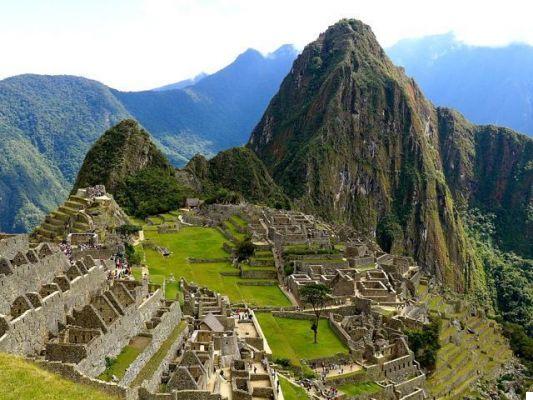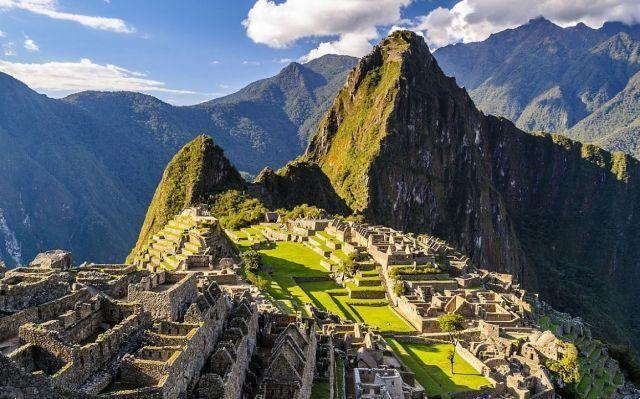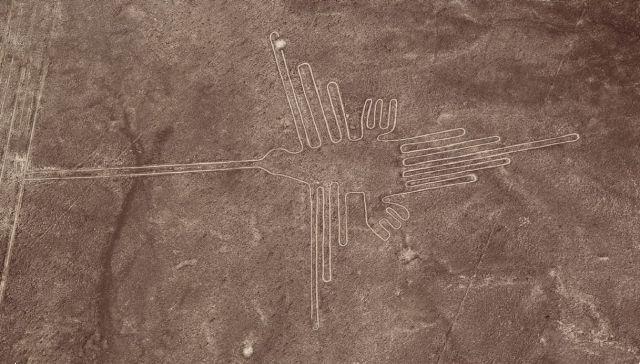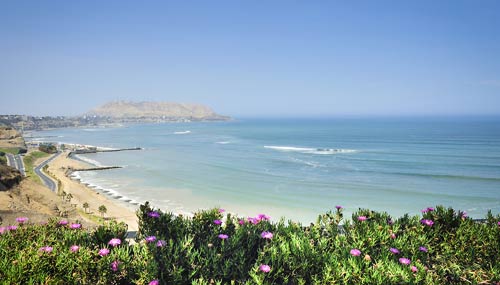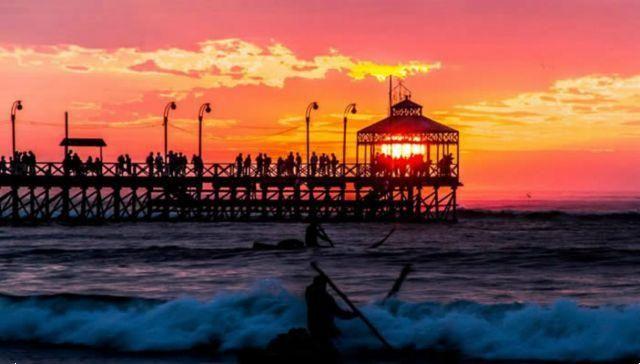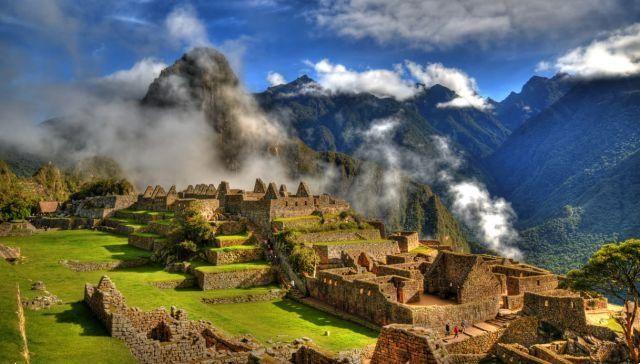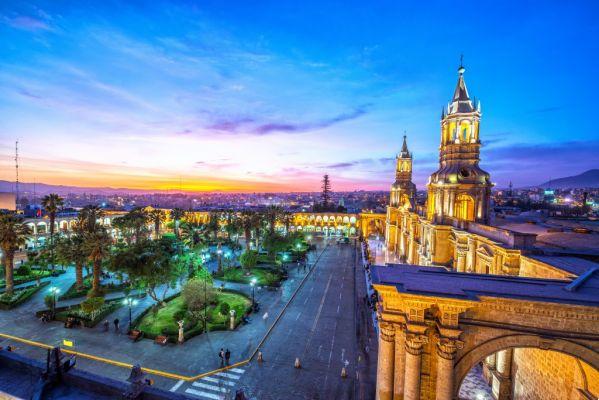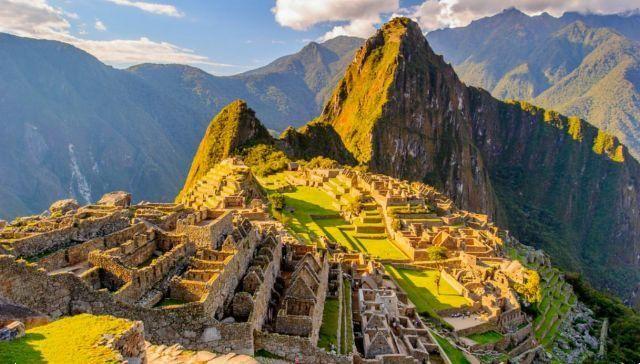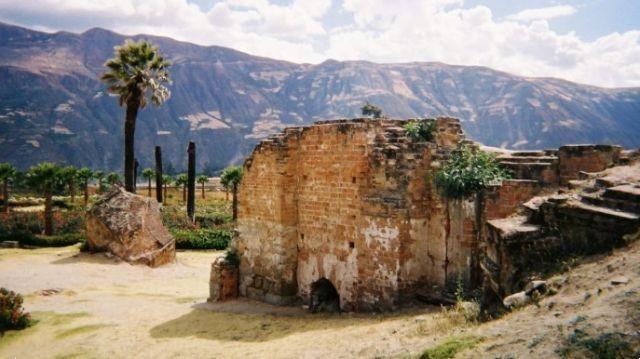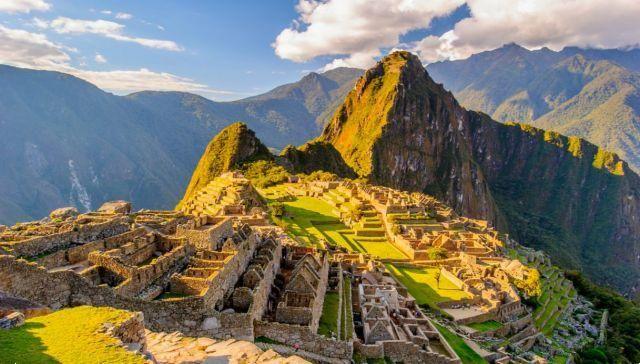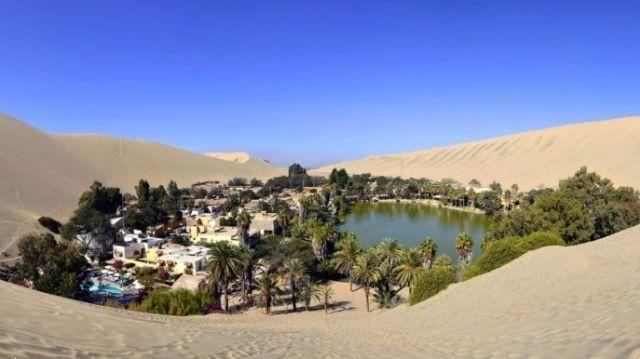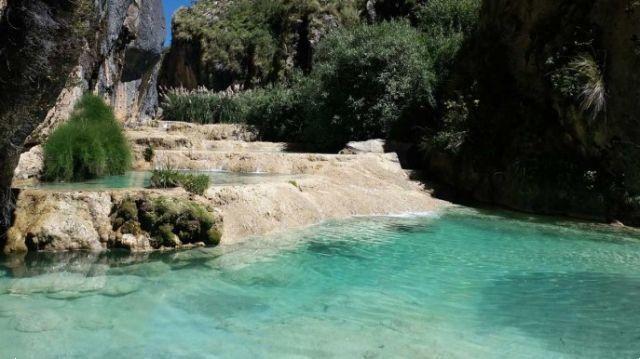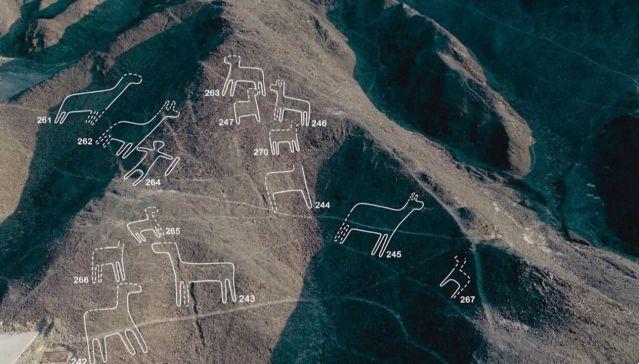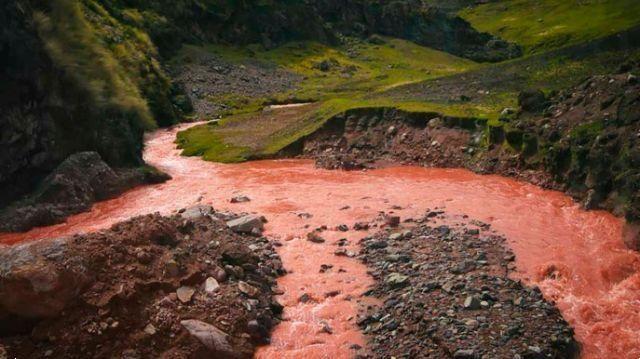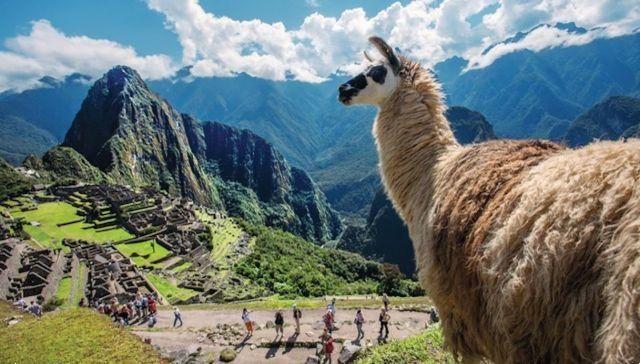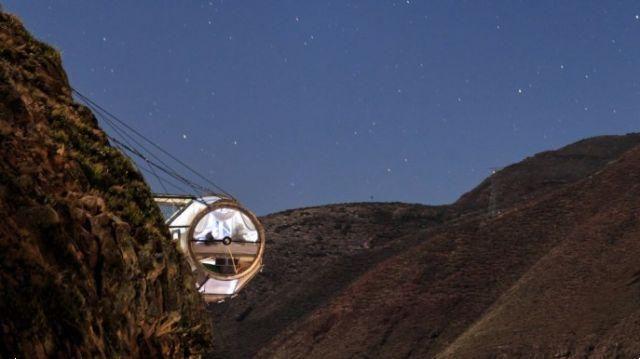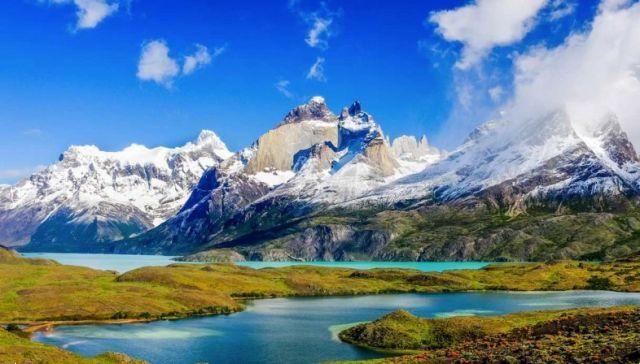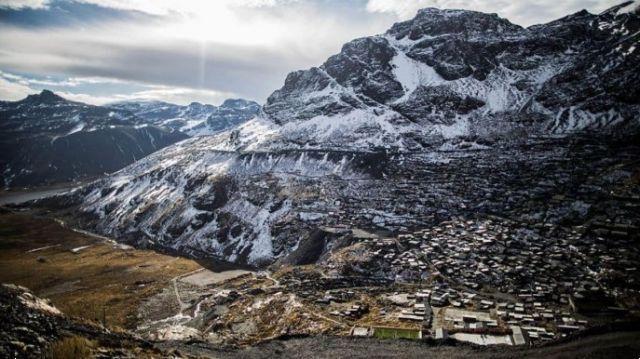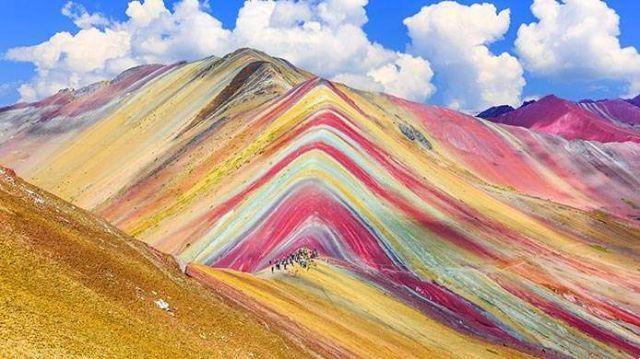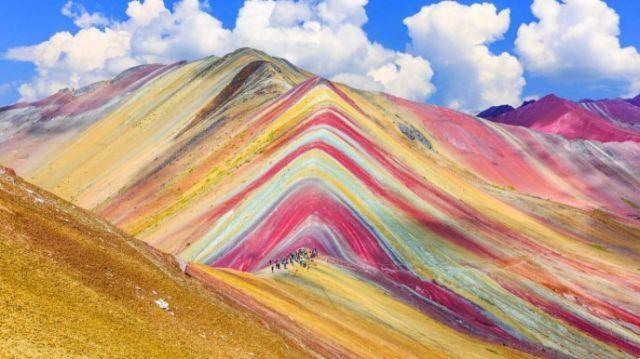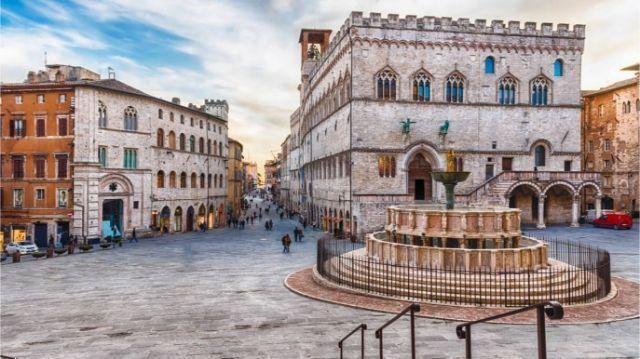
Source: Shutterstock
perugia, capital of Umbria and one of the oldest and most famous university cities in the world, it retains an almost intact historic center and an intimate charm, far away from the clamor and crowds of the most large and famous cities – museum of Italy.
Originally founded by the Umbrian populations, refounded by the Etruscans, loved and expanded by Augustus who gave it the name of Augusta Perugia and subsequently brutally conquered by the papacy, today Perugia extends well beyond the ancient perimeter of the medieval walls.
In the 21st century Perugia is a modern city where we continue to lead a slow and measured lifestyle, typical of small Italian towns, and hosts new generations of Italian artists and intellectuals in the University of Foreigners and in the Pietro Vannucci Academy of Fine Arts. Rich in culture and history, Perugia it is one of the Italian destinations that absolutely deserve a tourist visit that lasts even just one day. The small size of the ancient city means that all the main attractions of Perugia are located a very short distance from each other, allowing you to complete an almost complete tourist tour in the course of a handful of hours.
Getting around Perugia
The city center is currently closed to car traffic by a restricted traffic zone, so the best way to reach the Town center is using the feature Minimetro or buses. For those arriving by train the best strategy is to get off at Fontivegge station and rely on one of the numerous bus lines that connect it to the city centre. Those arriving by car should instead resign themselves to the idea that they will not find parking near the center and that they will have to leave the car at Pian Massiano, from which the aforementioned Minimetrò leaves and leads directly to the heart of Perugia.
What to visit in Perugia (and be sure not to forget anything)
Like every city Perugia it preserves architectural, artistic and historical treasures that have represented it for centuries and which preserve the true soul of the city. Visit the main ones monuments of Perugia naturally it won't mean exhausting all the beauty, art and history that the city can offer in a matter of hours, but it will certainly make us return home with the certainty of having touched an important piece of our country's history first-hand .
The Major Fountain
La Fontana maggiore, symbol of Perugia, is located in IV Novembre Square. It was built between 1275 and 1278 based on a design by Nicola and Giovanni Pisano. The fountain would have received water conveyed from the Monte Pacciano Aqueduct and would have constituted a very important water resource for the life of the city. However, the fountain was also entrusted with the task of telling the story mythical foundation of the city of Perugia and to represent many aspects of the life of ordinary people in medieval times. Placed on a circular staircase of white and pink marble, the fountain rises on three levels: a larger stone basin contains a smaller one and in the center of it stands a small bronze tub from which the water gushes.
The columns that support the marble basin placed higher up are sculpted with the features of the mythical founders of the city, while the fifty marble tiles that decorate the lower basin represent the calendar of agricultural work, i symbols of the city (griffin, lion, imperial eagle), the seven liberal arts and philosophy. Rather surprisingly, two panels are added to this important series of symbols which narrate two of Aesop's fables.
The Cathedral of Perugia
La Perugia Cathedral it is dedicated to San Lorenzo and its construction lasted over 150 years, from 1345 to 1490, even if when the work was "completed" both the main facade and the side that overlooks Piazza IV Settembre and which forms the backdrop to the Fontana maggiore. On the main facade there is a baroque portal from 1729 but the entire cathedral is in late Gothic style. In one of the chapels of the Cathedral of San Lorenzo an absolutely particular relic is preserved today. This is the Holy Ring, or the ring that according to tradition Saint Joseph gave to the Virgin Mary on their wedding day. The ring arrived in Perugia by chance, also linked to a curious legend.
A nearby shopkeeper Chiusi he purchased the ring from a Jewish merchant. A friar from Mainz stole it to take it with him to Germany but a prodigious fog blocked him in Perugia until the friar decided to entrust the ring to the city forever and leave without loot. The Etruscan well Near the Perugia Cathedral is home to the Etruscan Well, a wonderful work of hydraulic engineering that allowed the city to be supplied with water in ancient times. 37 meters deep and 5 meters wide, it once welcomed water from three different sources. Today it is completely disused and can be visited completely, going down to the bottom. It is a'suggestive experience which will certainly remain imprinted in the minds of travellers.
The ancient aqueduct of Perugia (transformed into a street)
Speaking of hydraulic engineering, the medieval aqueduct of Perugia it is a real challenge to the difficult terrain conditions, full of differences in height. This aqueduct obviously did not use any pumps but exclusively exploited the slope of its various sections to transport the water. He supplied Perugia until around 1850, when they were built hydraulic works more modern.
Today what remains of the ancient aqueduct has been converted into a street and has been equipped with safety balustrades and a comfortable stair flooring. Walking along the aqueduct allows you to enjoy an absolutely unique perspective on the city. The most fascinating stretch of all unfolds from Porta Sant'Angelo right up to the Fontana Maggiore, which once received its water from this plant. Here it will be possible to walk "in mid-air" among the ancient and colorful houses of the medieval center.
The Rocca Paolina
La Rocca Paolina today it constitutes a real "city within the city" within Perugia. It was built by will of Pope Paul III Farnese with the intention of transforming Perugia into a fortified citadel after having conquered the city to annex it to the Papal State against the will of its inhabitants. To build his stronghold, Pope Paul III had hundreds of homes, churches and monasteries demolished, earning the undying hatred of the Perugians who more than once, over the centuries, attacked and damaged the fortress. In the end the fortification was destroyed in 1860, after over 300 years of (not too) honorable service.
Of the entire fortress today only small fragments survive which are often used for hosting cultural events and markets and which still include the ancient houses of the Baglioni family. The latter were bitter enemies of Pope Paul III and many of the neighborhoods and buildings destroyed by the Pope belonged to this family. A curiosity: the Porta Marzia, one of the oldest gates of the city, it dates back to Etruscan times but was not originally located where it is today. When he was ordered to incorporate it within the walls of the Rocca Paolina, the architect Antonio da Sangallo the Younger literally had it dismantled and reassembled four meters further on, so as to be able to fit it perfectly into the layout of the new walls.
The National Gallery of Umbria
As the capital, Perugia hosts the most rich art collection of the region, located in the Palazzo dei Priori. The works collected here span over ten centuries of Umbrian art and range from the eighth to the nineteenth century. Of particular importance are the Madonnas and polyptychs of the Tuscan school of the 1400s and unique pieces from the famous Umbrian goldsmith's shop. The Museum it hosts works by Piero della Francesca, Pinturicchio, Beato Angelico, Duccio di Buoninsegna and Perugino in a compact exhibition space that is easily accessible with a rather short visit.
The House of Chocolate
You can't pass by Perugia without immediately thinking of the confectionery products of Perugina, whose factory is located a short distance from the historic city centre. The factory has partially opened its doors to visitors and organizes tours of about an hour within its facilities. The journey into House of Chocolate will allow you to visit the historical museum of Perugina and chocolate production lines. Obviously, at the end of the route, there is a moment dedicated to tasting.
What to see around Perugia?
Not very far from Perugia, in the area of San Giovanni bridge, there is an absolutely exceptional place for the ancient history of central Italy: the Volumni hypogeum. This is the best preserved Etruscan funerary complex in Italy, most of which can be visited. Dating back to the 2nd century BC, the necropolis of the Volumni originally included beyond 200 tombs organized in a multi-level structure (called Palazzone) which extends below ground level. Particularly fascinating is the fact that the funerary chambers are built in a way that reproduces the typical one Etruscan – Roman house, with a sloping roof (which in the hypogeum is dug into the rock but was originally made of wood) and an entrance hall from which the various other rooms of the house were accessed. The hypogeum takes its name from the rich and powerful Volumni family, whose remains have been preserved here for over two millennia.
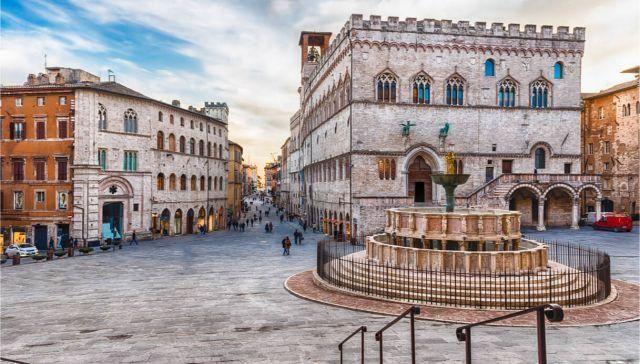
Source: Shutterstock




